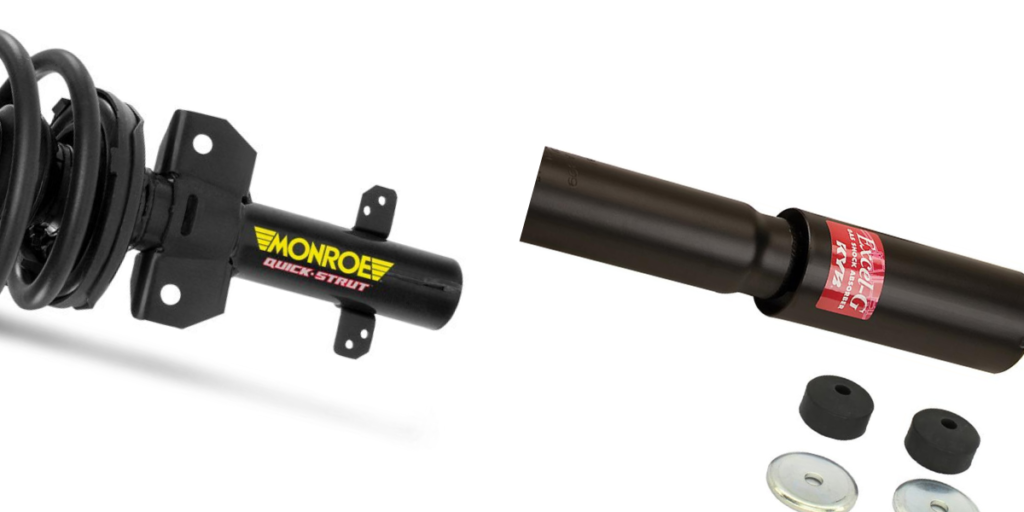Vehicles use rubber hoses and metal lines to transmit the braking fluid whenever you press the brakes. The fluid runs from the master cylinder to the brakes through these avenues. Car manufacturers have installed flexible brake hoses to move with the tires whenever you are driving. It makes steering the vehicle in the correct direction even while applying the brakes simpler. Learning on how to fit a new flexible brake hose is thus an important skill that you need to learn to maintain your car and drive safely!
Manufacturers recommend replacing the brake lights and hoses after 50,000km. They will become worn out from extensive usage and will become ineffective. Replacing them ensures you can continue braking properly and that the vehicle comes to a complete stop at a shorter distance whenever you do. These are found on all the wheels of your vehicle.
What Causes Damage To Flexible Brake Hoses?
The flexible brake hoses will wear out from continued usage. You will thus need to replace them as soon as possible to ensure your driving experience is good. Additionally, it is an important safety feature and is illegal to drive with a busted braking system. Various reasons cause them to get damaged. These are;
#1. Friction
The flexible brake hoses constantly move with tire movements. Over time, they will build some friction that causes wear and tear. They will also wear out with regular braking, especially when driving on an uneven surface. The flexible brake hoses rub against adjustment vehicle components, and they will wear out and develop weak points. These will cause fuel leakages, and it is thus time for fitting new flexible brake hoses.
#2. Corrosion from environmental factors
The brake hoses are rubber made to maintain their flexibility. Since they are close to the tires, they will be subjected to harsh environmental conditions. This exposure causes them to accumulate moisture. Over time, their metallic components will begin to rust while the rubber areas chop off. This degradation causes the braking fluid to leak and thus making the braking system ineffective.
#3. Break fluid leakages
The brake fluid could leak and contaminate parts of the flexible brake hoses. With leakages, the brake fluid will easily heat up after strong braking. This will cause the brake hoses to wear out. Over time, the brake fluid becomes contaminated and thus corrodes the rubber linings and metallic components. You should fit a new flexible brake hose to the affected tires in these events.
Fitting New Flexible Brake Hoses To Affected Tires
The brake hoses are on every wheel. You should thus perform hose checks to identify the affected tires. You can easily locate the brake hose between the brakes and pipes for the front tires. If your vehicle has an independent suspension, the same arrangement is replicated at the back. It thus makes it simpler to make the fittings.
However, if you have a live axle, there is only one flexible braking hose found on the axle. It links the master cylinder to the rear brakes. Checking them independently allows you to find the problems and thus correct them easily. Firstly, turn the wheel fully in one direction to create better visibility and ensure you have enough room to make the changes. Inspect the cables for any signs of cracks or damages that could cause leakages.
Additionally, check the metallic components for any corrosion. You can also apply pressure on the brake pedal and observe whether the brake hose is expanding accordingly. If it is not, there is a leakage, and you need a replacement.
Removing The Flexible Brake Hose for Replacement
Before installing new flexible brake hoses, you must remove those worn out. You should do this carefully to ensure none of the delicate parts of the braking system are damaged. Firstly, fit an open-ended spanner to the female union to unscrew the hose and the pipe union. Secondly, fit a spanner to the nut-shaped end of the brake hose union and screw it open.
You can now undo the nut holding the hose by the bracket. This frees the hose, and you can slide it from its position. It is vital to carefully evaluate the hose attachments. It will come in handy while fitting new flexible brake hoses.
How To Fit New Brake Hoses
Fitting new hoses is the exact opposite of disconnecting them. It is thus important to follow the disconnection process carefully to reconnect it successfully. Firstly, get the right brake hoses for your system to ensure that it will work well. Additionally, inspect it and run some air through it before installation. It removes any particles trapped within the brake hose and ensures it works well.
Indeed, proceed to fit the flexible brake hoses to their brackets. Do this carefully to prevent the bracket from bending. Fit the hose smoothly and run it through all the curves easily. Once in place, you can now bleed the hoses before fastening them. It ensures no air is trapped within them and that the brake pedals will work effectively. Finally, tightly screw all the nuts in place, and complete the installation. You can test the brake pedals to ensure that the flexible brake hoses are working well.
Conclusion
Fitting new flexible brake hoses ensures your braking system never stops functioning effectively. It is thus vital that you check them often as they tend to wear out faster than other brake components. Clean them when you notice any accumulated corrosion to ensure it doesn’t eat away the metallic components of the brake hoses.
You can elevate the vehicle to create more room and visibility while undertaking this process. It makes it easy and gives you more room for maneuverability. It is also vital to get the right and compatible flexible brake hoses for your vehicle. Incorrect ones will not fit into the brackets. In conclusion, perform this process carefully to prevent any system damage.
Sources:





